In the bustling streets of Southeast Asia, where vibrant food stalls beckon with aromatic delights, the question of food safety lingers in the minds of both locals and travelers. The region’s street food culture is legendary, offering an array of flavors that range from spicy Thai curries to savory Vietnamese banh mi. Yet, beneath the tantalizing surfaces of these dishes lies a critical concern: how can one discern whether the food is safe to eat? While regulatory standards exist, the reality of street vending often operates outside formal oversight. This makes it essential for consumers to develop a keen eye for detail when assessing the hygiene and safety of street food vendors.
The first detail worth noting is the cleanliness of the vendor’s workspace. A well-maintained stall speaks volumes about the vendor’s commitment to hygiene. Look for surfaces that are wiped down frequently, utensils stored in clean containers, and raw ingredients kept separate from cooked foods. Stalls that appear cluttered or greasy may indicate neglect, increasing the risk of cross-contamination or bacterial growth. Additionally, observe how the vendor handles money and food—using the same hand for both without washing is a red flag. In contrast, vendors who use gloves or tongs and have a dedicated cash handler demonstrate better practices.
Another critical aspect is the freshness of ingredients. Southeast Asia’s tropical climate accelerates food spoilage, making it imperative for vendors to use fresh produce and proteins. Dishes prepared on the spot, such as stir-fried noodles or grilled meats, are generally safer than pre-cooked items left sitting for hours. Watch for signs of spoilage, such as discolored meat, wilted vegetables, or an off-putting odor. Vendors who store ingredients on ice or in shaded areas are more likely to maintain their quality. Furthermore, popular stalls with high turnover rates often serve fresher food, as their ingredients are replenished frequently to meet demand.
The behavior of the vendor and their interaction with customers can also reveal much about their standards. A vendor who takes pride in their craft will often engage with patrons, answering questions about ingredients or preparation methods. Transparency is key—those who are evasive or dismissive about their practices may have something to hide. Additionally, observe how they handle leftovers or waste. Proper disposal methods, such as covered trash bins and regular cleanups, suggest a higher level of hygiene awareness. Conversely, overflowing garbage or food scraps scattered around the stall can attract pests and pose health risks.
While these observations are not foolproof, they provide valuable insights into the safety of street food in Southeast Asia. The region’s culinary offerings are too rich to miss, but a cautious approach ensures that the experience remains enjoyable rather than hazardous. By paying attention to the vendor’s workspace, ingredient freshness, and overall demeanor, consumers can make informed choices that balance adventure with well-being. After all, the best street food memories are those unmarred by foodborne illnesses.

By Samuel Cooper/Apr 15, 2025

By Christopher Harris/Apr 15, 2025

By Eric Ward/Apr 15, 2025

By Noah Bell/Apr 15, 2025

By George Bailey/Apr 15, 2025

By Daniel Scott/Apr 15, 2025

By Elizabeth Taylor/Apr 15, 2025

By Grace Cox/Apr 15, 2025

By Jessica Lee/Apr 15, 2025

By Jessica Lee/Apr 15, 2025

By Ryan Martin/Apr 11, 2025
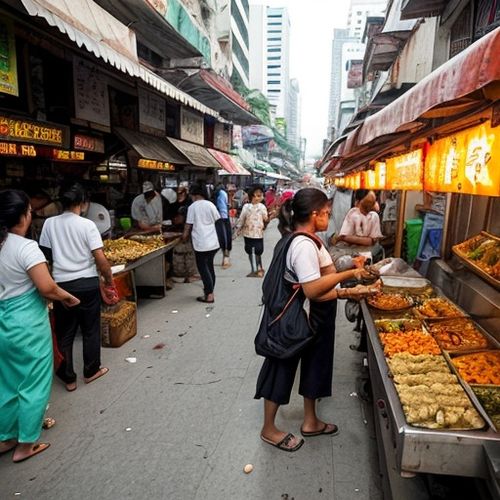
By Victoria Gonzalez/Apr 11, 2025

By Christopher Harris/Apr 11, 2025

By Victoria Gonzalez/Apr 11, 2025

By George Bailey/Apr 11, 2025
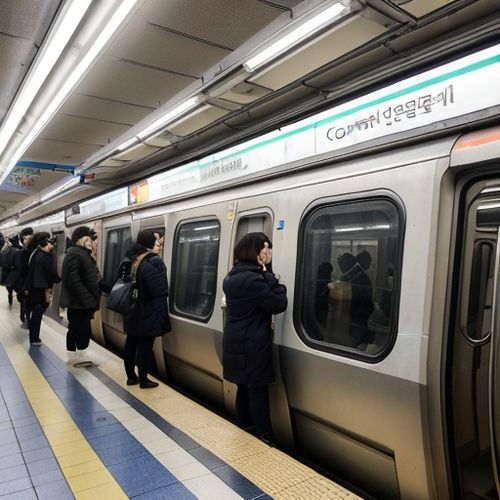
By Megan Clark/Apr 11, 2025
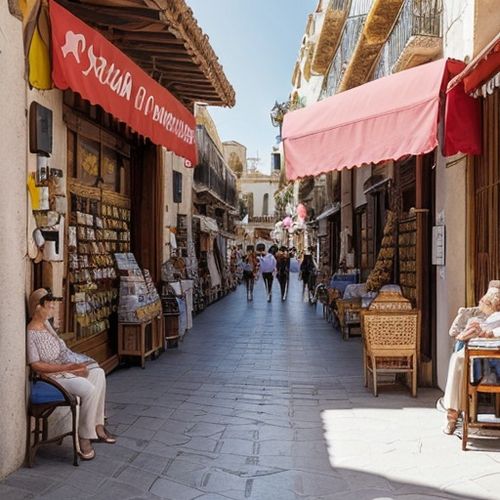
By Natalie Campbell/Apr 11, 2025
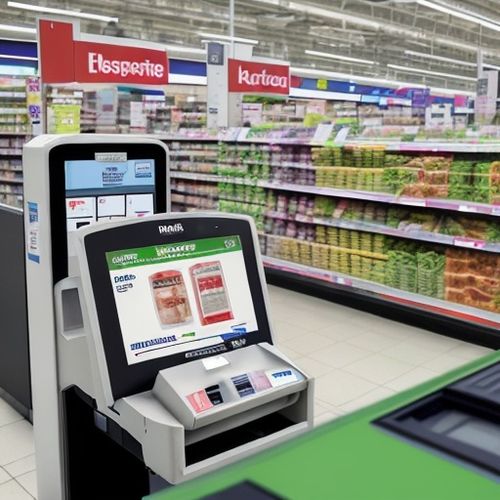
By Eric Ward/Apr 11, 2025
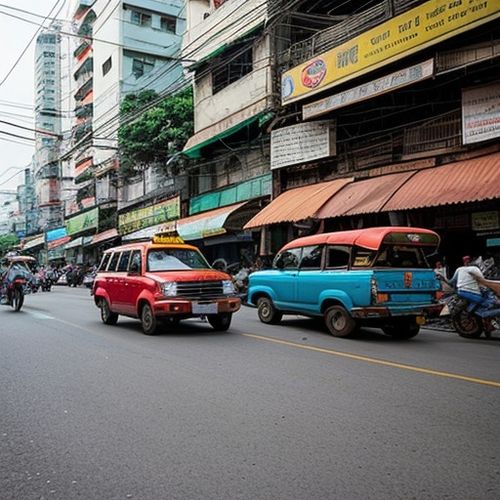
By Benjamin Evans/Apr 11, 2025